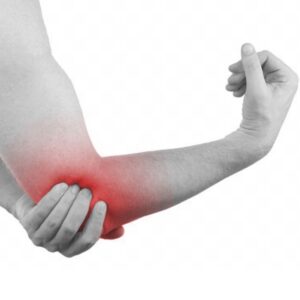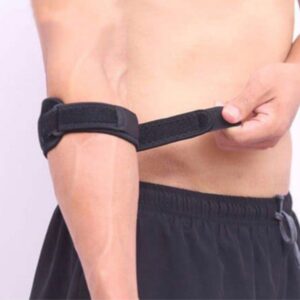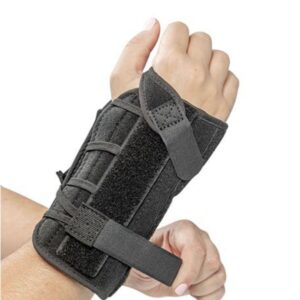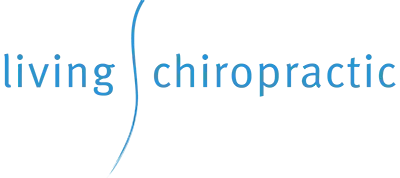
Tennis elbow (also known as Lateral Epicondylitis) is felt on the outer part of the elbow joint where the tendons attach.
Tennis elbow is inflammation on the outside of the elbow. In some cases, there can be microtearing of the tendons that join the forearm muscles to the outside of the elbow.
How does Tennis Elbow happen?
An injury can present itself when excessive strain on the extensor muscle of the forearm occurs. It can be a one-off injury or forearm muscles and tendons become damaged from overuse — most often repeating the same motions again and again.
This leads to pain and tenderness on the outside of the elbow because following the injury pain and inflammation develop at the site.

Who gets Tennis Elbow?
Only a few patients get Tennis elbow from playing tennis. Often laborers, carpenters, bricklayers, gym and working on the computer where your wrist is in extension for a long period of time.
Tennis Elbow Symptoms?
Pain when you hold onto anything. Holding a cup or turning off a tap.
How do you treat Tennis Elbow?
This often needs a combined approach of Chiropractic and Myotherapy.
Chiropractic:
A chiropractor will assess the joint with additional orthopaedic and muscle testing to confirm a Lateral Epicondylitis diagnosis. The Chiropractor will also look at the biomechanics of your shoulder girdle and wrist joints. These joints can be the underlying cause of your condition, or they may have been affected by Tennis Elbow. Our chiropractors will assess your posture – especially assessing if your shoulder is rotated. Often you can see it if you look in the mirror, one of your shoulders has dipped lower than the other. It is important to identify the primary cause of your Tennis Elbow, so that the appropriate strengthening exercises can be prescribed.
Myotherapy:
A myotherapist will assess the ligaments and tendons. This will assess the damage at the soft tissue level at the site of pain on the lateral aspect of the elbow. The myotherapist will also assess and address the weakness in the muscles. This may be muscles that stabilize the shoulders, down to the muscles of the wrist. As there is often microtearing of the muscles of the forearm, myotherapy uses dry needling, cupping and muscle work. This will improve healing of the injuries to the muscles, tendons and ligaments.
Our myotherapist will often prescribe exercises on the FlexBar resistance tube. This strength and movement focussed approach for Tennis Elbow, has been proven to alleviate pain and provide an effective, non-surgical option to increasing your strength and endurance.
Additional Orthotics
Day time:
It’s often recommended to use an elbow strap or counterforce brace during everyday functional use of the involved arm. As both a less bulky source of comfort and a tactile reminder to avoid loading the wrist extensors. It also gives the tendons a point to pull from and gives the micro-tears to heal.

Night time:
A wrist brace at night during sleep to decrease contraction and prolonged stretch of the wrist extensors overnight. This will further take pressure off the microtears at the elbow. As there is no circumferential squeeze around the forearm it allows the blood and lymphatics to bring more healing in.




